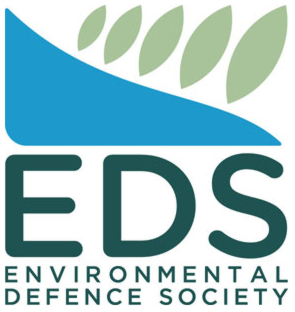NZVA driving tail docking underground!
Press Release, New Zealand Council of Docked Breeds, Friday 19 April 2013
NZVA must take responsibility for driving tail docking underground!
“The New Zealand Council of Docked Breeds issued warnings as early as 2008, that by threatening their members to desist tail docking, the New Zealand Veterinary Association would drive the practice underground.” Council spokeswoman Lesley Chalmers was speaking in response to the case in the Christchurch District Court this week about the two people who docked their puppies’ tails with a hot iron.
“NZCDB fully supports the prosecution of any person or organisation who inflicts any unnecessary pain on animals” said Chalmers. Since they reformed in 2004, the NZCDB have maintained that legislation already existed to prosecute people who did so and that they would fully support any prosecution against a person or organisation that allowed this to happen. “Maybe it was time NZVA was called to question their decision to ban their members from performing tail banding when the procedure is not illegal?” said Chalmers.
In February this year the Madras High Court in India quashed a notice issued by the Veterinary Council (India) in November 2011, directing all veterinarians in the country to stop forthwith the practice of performing the surgical procedure on pups. The notice had warned the veterinarians of stringent action if they were found to be continuing the practice.
Despite the NZVA ban on tail shortening, the NZCDB have anecdotal reports from their members that numerous vets are making sure that people who want their puppies tails banded are referred to an Accredited Bander. “Frankly the NZVA are acting like spoilt children who lost a fight and have thrown their toys out the cot. The practice of Tail Banding is not illegal and it (NZVA) urgently needs to review their stand on the issue.” Chalmers considered it may well be the right time to call into question the legality of the NZVA decision.
A wholesale ban on tail docking is NOT an easy remedy for a complex problem. One of the major factors in the problem is that as far as the NZCDB is aware – there remains no scientific evidence that tail banding, performed at the appropriate age and in accordance with accepted protocols, causes any pain or long term suffering to puppies. NZCDB go on to say, “Tail shortening has been a traditional practice for many hundreds of years and ostensibly is a preventative measure against potential tail damage. It continues to be performed in breeds that through practical experience, were found to be predisposed to damage either due to tail structure or use.”
“The Code of Welfare (Dogs) needs to be better sold to the public and organisations such as the NZVA would be more gainfully employed if they undertook to educate animal owners on the relevant Codes of Welfare applicable to them and their animals.” Chalmers goes on to say “The New Zealand Kennel Club has widely advertised and advised members of the Code of Welfare applicable to dog ownership. That we know of, no other organisation has taken up the responsibility to ensure the Code is used as an educational tool for owners as well as protection for the welfare of the animal. Currently it is toothless tiger in reactive mode as opposed to being an excellent and effective tool for education. It is a further example of why dog owners need to be registered and not individual dogs. Amongst other benefits it would provide an opportunity for people to be presented with the Code of Welfare as an educational tool before they purchased a dog.”
“The NZVA are a major contributor to the introduction and review of such codes, yet for all their input and credence they are given for doing so, they fail miserably on delivery of their policy document and the general public remain blissfully unaware that such a Code even exists.”
Ends


 Gordon Campbell: On The Left’s Electability Crisis, And The Abundance Ecotopia
Gordon Campbell: On The Left’s Electability Crisis, And The Abundance Ecotopia NZ Police: New Zealand Police team up with Z Energy, NZTA and ACC to remind Kiwis to drive safe this Easter
NZ Police: New Zealand Police team up with Z Energy, NZTA and ACC to remind Kiwis to drive safe this Easter NZCAST: NZCAST Leads Ongoing Cross-Agency Collaboration To Break Down Barriers For Survivors Of State Abuse
NZCAST: NZCAST Leads Ongoing Cross-Agency Collaboration To Break Down Barriers For Survivors Of State Abuse Regional and Unitary Councils Aotearoa: Regional And Unitary Councils Back A Practical FWFP System
Regional and Unitary Councils Aotearoa: Regional And Unitary Councils Back A Practical FWFP System NZ Government: Stay Safe On Our Roads This Easter
NZ Government: Stay Safe On Our Roads This Easter YWCA: Global Push Back Against Gender Equality A Growing Crisis In Aotearoa
YWCA: Global Push Back Against Gender Equality A Growing Crisis In Aotearoa Te Pāti Māori: Ngarewa-Packer - Fast-Tracking Seabed Mining Ignores Māori Opposition And Environmental Precedent
Te Pāti Māori: Ngarewa-Packer - Fast-Tracking Seabed Mining Ignores Māori Opposition And Environmental Precedent


